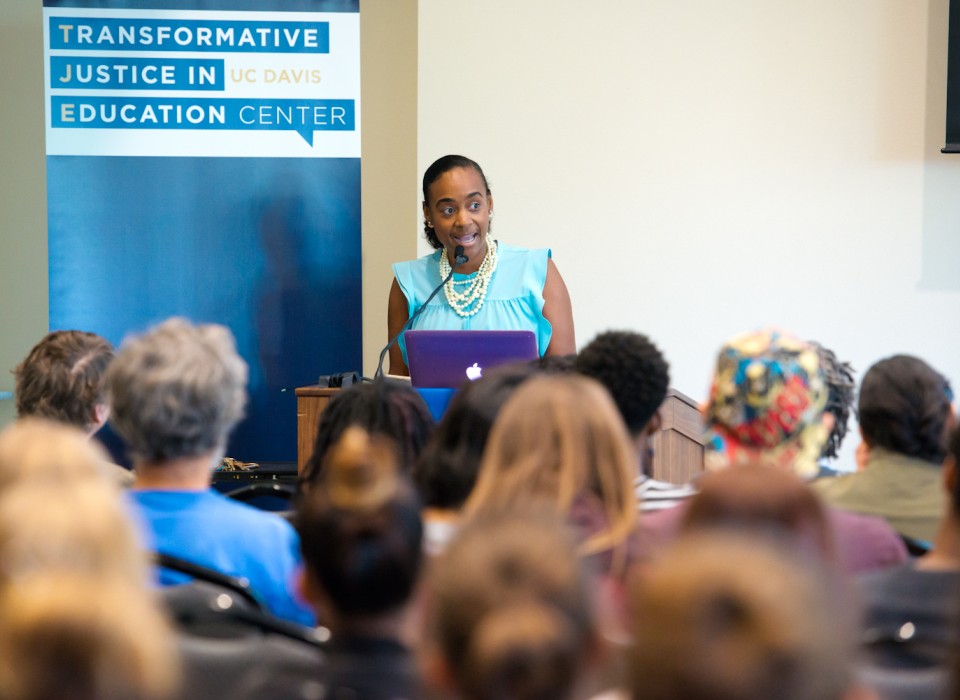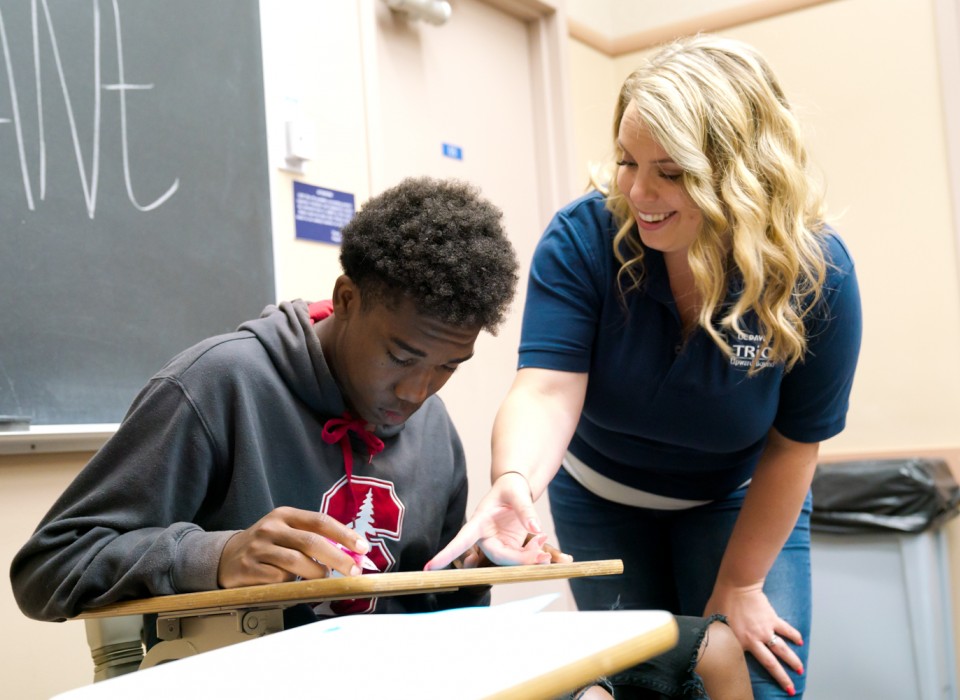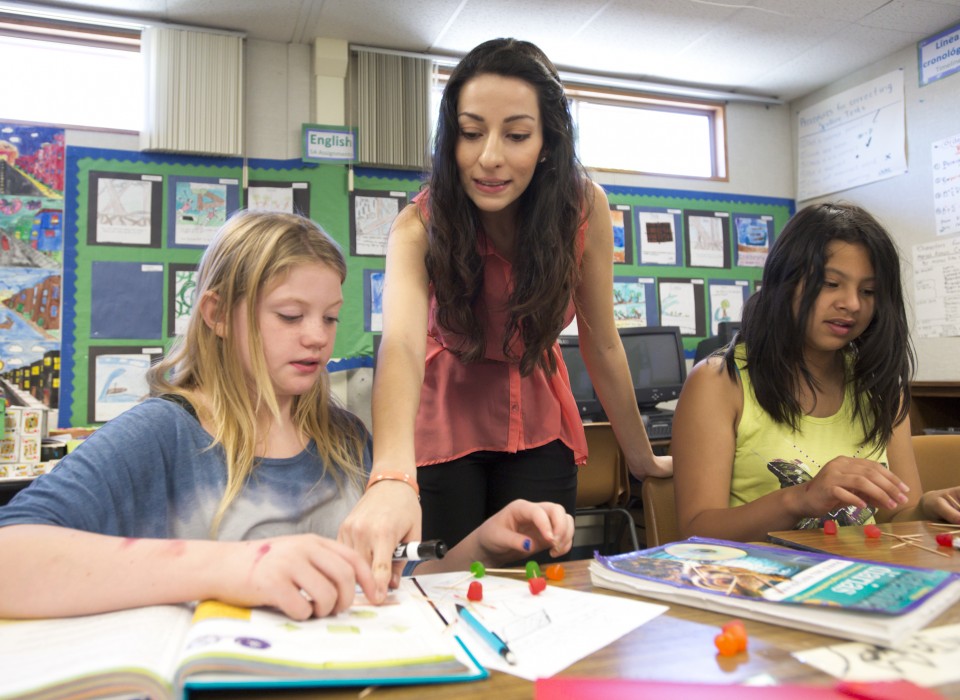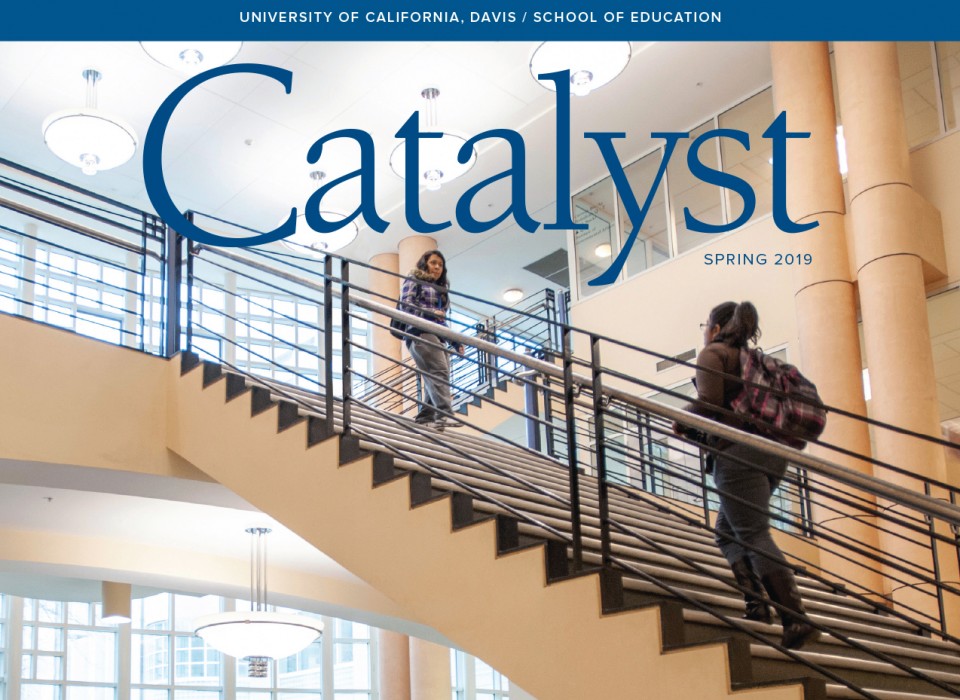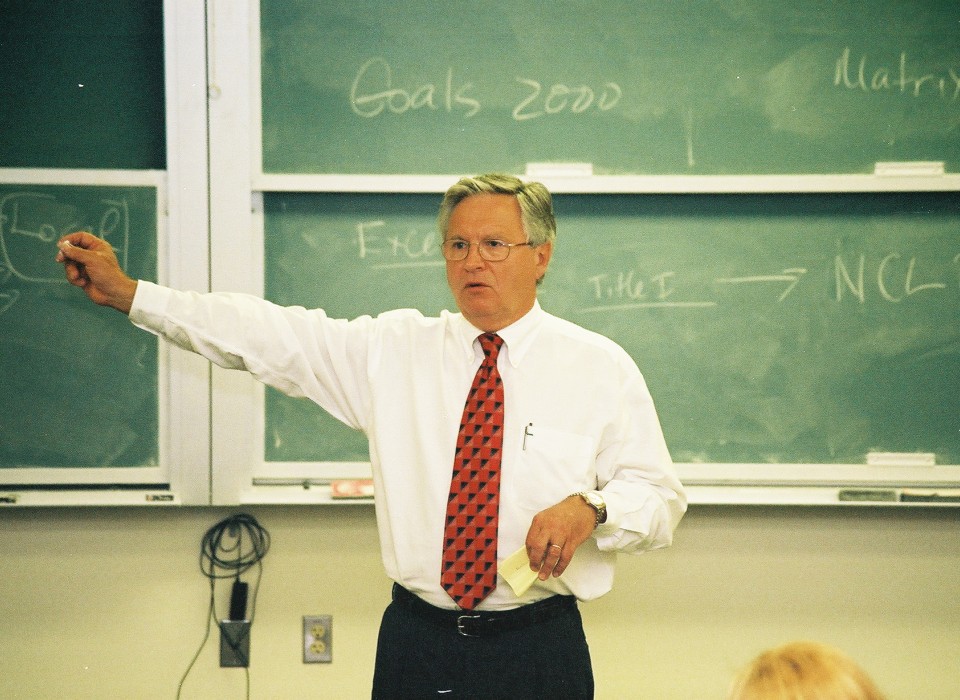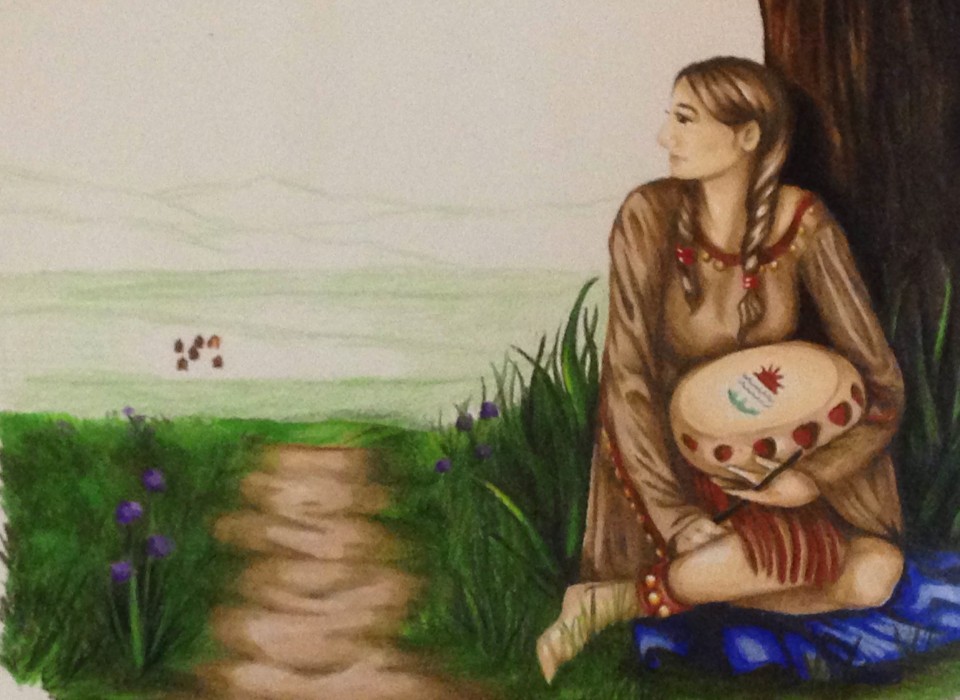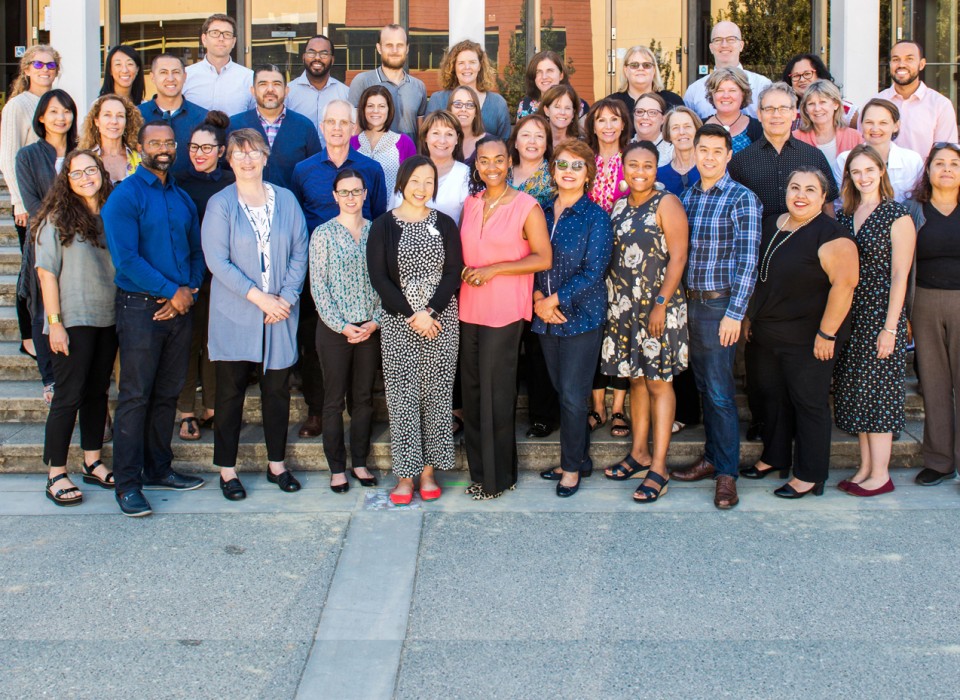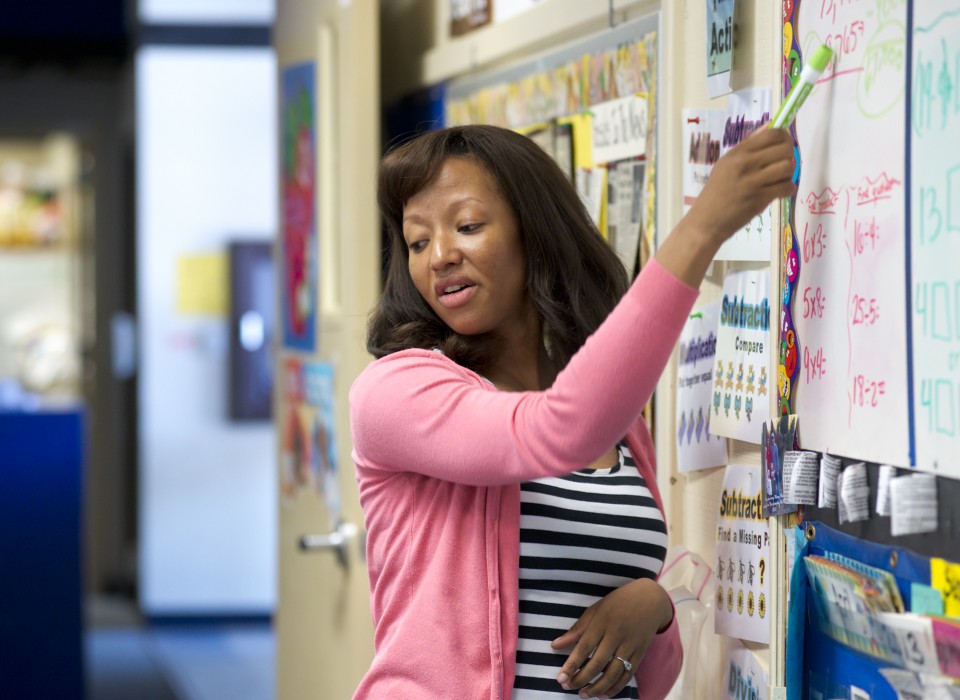In Their Own Words
Out-of-school time counselors share in their own words what they've learned about supporting students' social and emotional learning in STEM spaces
Young Scholars Program counselors engaged in the STEM-SELF (STEM-Social and Emotional Learning for Facilitators) Intervention during the 2023 program year, which included training workshops, developing and implementing an activity to support SEL or STEM identity development, and multiple opportunities for reflection through engaging in cycles of praxis.
Hear in their own words:
- How their understanding of SEL developed over time
- How they see themselves applying their understanding in their pre-service or in-service classrooms
- How they believe science teacher educators, both preservice and informal, can support pre-service teacher/OST staff’s integration of SEL in their respective settings
Read more about an early cycle of this action research inquiry: Implementing SEL in STEM—Challenges and Opportunities
Jordan
 Jordan is a first-year teacher.
He is currently working with high school students in the greater
Sacramento area, teaching physics and biology.
Jordan is a first-year teacher.
He is currently working with high school students in the greater
Sacramento area, teaching physics and biology.
“The trainings really helped me find framings about why we’re doing things, and…it gives me an anchor to relate things to. But it also taught me a way of going about it, instead of saying like, we’re doing this because I said so. We can do it because of ‘this and that;’ being able to frame it that way has really helped me as well.”
Safia
 Safia is a first-year teacher. She is
currently working with middle school students in the greater
Sacramento area, teaching 7th grade integrated science and
Science Club.
Safia is a first-year teacher. She is
currently working with middle school students in the greater
Sacramento area, teaching 7th grade integrated science and
Science Club.
“I do remember that a lot of my ideas [about SEL] centered around students working with their direct environment and those around them. Even with self-management and self-regulation, I always saw it in the context of how students can self-regulate and self-manage to help others. Everything was always in the context of how others would perceive the individual. I did not really think much about internal reflection and working on SEL from the inside out.”
Xochi
 Xochi is a first-year teacher.
They are currently working with high school students in the
greater Davis area, teaching biology.
Xochi is a first-year teacher.
They are currently working with high school students in the
greater Davis area, teaching biology.
“These trainings really helped, because now I not only knew why we’re doing it, I know what the intended goal is, and I also manage to avoid my fears of like, I’m not gonna do this because I feel like it’s gonna be cheap and disingenuous. Well, since I have the trainings, I now know what I’m trying to do.”
Zyanya
 Zyanya is a first-year teacher. She is
currently working with middle school students in the greater
Sacramento area, teaching 7th grade science and STEAM elective.
Zyanya is a first-year teacher. She is
currently working with middle school students in the greater
Sacramento area, teaching 7th grade science and STEAM elective.
“When students feel stressed, we can help share our own times we were stressed and how we dealt with it. That way, students feel like they are not alone in their stress.”
Nick
 Nick is a pre-service teacher. He is
currently working with high school students in the greater Davis
area, teaching biology and chemistry.
Nick is a pre-service teacher. He is
currently working with high school students in the greater Davis
area, teaching biology and chemistry.
“[Before the STEM-SELF Intervention] I definitely saw [SEL] as more of a ‘here’s something that might help with classroom management’ over ‘let’s try to genuinely develop this person’s ability AND identity.’ SEL definitely seems more important, and more worth the work after doing this program.”
Marily
 Marily is a pre-service teacher. She
is currently working with 7th and 8th-grade students in the
greater Sacramento area.
Marily is a pre-service teacher. She
is currently working with 7th and 8th-grade students in the
greater Sacramento area.

